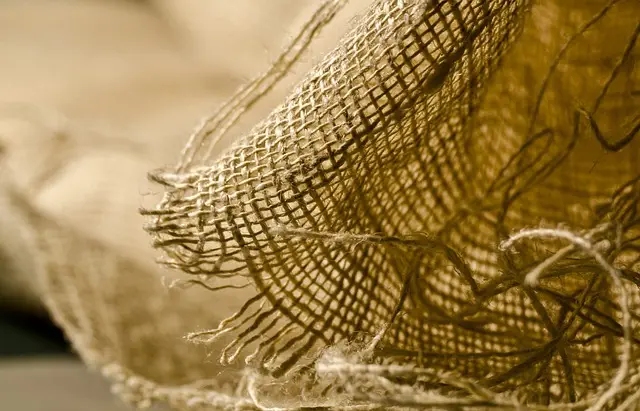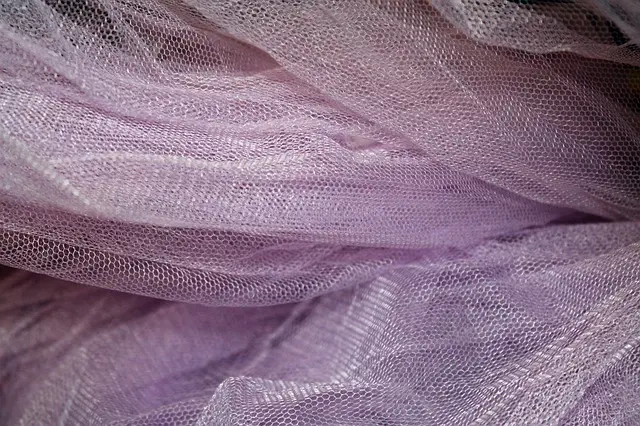To successfully grow Yellow Vein Kratom (Mitragyna speciosa) outdoors, it's crucial to replicate its Southeast Asian climate by providing high humidity and consistent temperatures between 70 to 85 degrees Fahrenheit. The soil should be rich, fertile, and well-drained, enriched with aged compost. Partial shade is essential for the plant to maintain its unique characteristics, as direct sunlight can alter its alkaloid profile and potentially change vein color. Regular watering is necessary to keep the soil moist without causing overwatering or waterlogging. Proper pruning and training can enhance the tree's structure, promoting denser leaves for higher yields. By carefully managing these factors, you can cultivate a sustainable, high-quality outdoor crop of Yellow Vein Kratom, which is known for its specialized drying process that contributes to its distinctive yellow veins and balanced effects. Outdoor cultivation of this kratom strain ensures the preservation of its unique alkaloid composition, which users often praise for its harmonious blend of invigorating and calming properties, suitable for energy management and discomfort relief. This method of growing kratom outdoors is favored by enthusiasts who appreciate its nuanced effects and are committed to maintaining the plant's integrity.
exploration into the cultivation and benefits of Yellow Vein Kratom powder begins with a glimpse at the optimal conditions for nurturing this unique botanical outdoors. This article serves as a comprehensive guide, delving into the lifecycle of Yellow Vein Kratom from seedling to mature harvest, while also elucidating its distinctive properties and effects that make it a sought-after choice in herbal supplements. For those intrigued by the art of growing kratom outdoors, this piece will offer valuable insights and practical tips to harness nature’s bounty effectively.
- Optimizing Outdoor Conditions for Yellow Vein Kratom Cultivation: A Guide to Harnessing Nature's Bounty
- The Lifecycle of Yellow Vein Kratom: From Seed to Harvest in an Outdoor Environment
- Understanding the Unique Properties and Effects of Yellow Vein Kratom in Powder Form
Optimizing Outdoor Conditions for Yellow Vein Kratom Cultivation: A Guide to Harnessing Nature's Bounty

Kratom (Mitragyna speciosa) is a tropical evergreen tree native to Southeast Asia, and its cultivation requires specific environmental conditions that mirror its natural habitat. To optimize outdoor conditions for the growth of Yellow Vein Kratom, careful consideration of climate, soil composition, and sunlight exposure is paramount. When growing kratom outdoors, it thrives in areas with high humidity and consistent temperatures ranging between 70 to 85 degrees Fahrenheit. The tree prefers well-drained, fertile soils rich in organic matter, which can be achieved by incorporating aged compost into the soil before planting.
Moreover, Yellow Vein Kratom, specifically, tends to grow best under partial shade, as direct sunlight can lead to alkaloid profiles that result in different vein colors. It’s crucial to mimic the dappled light conditions found in its native forests to preserve the unique characteristics of the Yellow Vein variety. Regular watering is essential to maintain soil moisture, yet care must be taken to avoid overwatering and waterlogging, which can be detrimental to kratom’s root system. Additionally, pruning and training the tree can enhance its structure and yield, promoting lateral growth where the valuable leaves are most abundant. With a careful approach to these environmental factors, growers can harness nature’s bounty and successfully cultivate Yellow Vein Kratom outdoors, ensuring a sustainable and rewarding crop.
The Lifecycle of Yellow Vein Kratom: From Seed to Harvest in an Outdoor Environment

Kratom (Mitragyna speciosa), native to Southeast Asia, is a tropical evergreen tree that has gained recognition for its leaves containing alkaloids with various effects. The yellow vein variety of kratom, distinguished by the color of its matured leaves’ veins, offers a unique balance between the stimulating and sedating properties found in its green and red vein counterparts, respectively. Growing kratom outdoors is a complex process that requires careful attention to both the tree’s ecological needs and local climatic conditions.
The lifecycle of Yellow Vein Kratom begins with the germination of its seeds, which prefer warm and humid environments. Outdoor cultivation demands an environment that can replicate the kratom’s natural habitat. The seeds must be sown in a loose, well-draining soil mixture, rich in organic matter to facilitate proper nutrient uptake. As seedlings emerge, they should be gradually acclimated to increasing light levels to minimize stress. Young saplings are vulnerable to temperature fluctuations; therefore, they should be shielded from extreme weather until they establish stronger roots.
Once established, kratom trees thrive in the outdoors with consistent rainfall and partial sunlight, which helps maintain the alkaloid balance in their leaves. The yellow vein strain’s leaves develop this distinctive hue due to the unique drying process that involves exposure to sunlight during the day and cooler temperatures at night. This two-phase drying method is crucial for preserving the alkaloids and achieving the characteristic yellow vein coloration. Harvesting typically occurs when the trees are about 5 to 7 years old, and the leaves exhibit mature colors and textures. The leaves are then carefully collected, ensuring that the precious alkaloids are not compromised during handling. This meticulous process from seed to harvest, when conducted outdoors, results in a premium-quality Yellow Vein Kratom powder, highly sought after for its balanced effects and rich color.
Understanding the Unique Properties and Effects of Yellow Vein Kratom in Powder Form

Yellow Vein Kratom powder, derived from the leaves of the Mitragyna speciosa tree, is a unique variant that stands out among its green-veined and red-veined counterparts due to its distinct alkaloid composition. This particular strain is often associated with a balanced set of effects, neither as stimulating as the green veins nor as sedating as the red veins. The yellow hue is a result of a specialized drying process that oxidizes the leaves differently than the traditional methods used for other Kratom strains. This process not only gives the powder its distinctive color but also influences the alkaloid profile, which in turn affects the properties and effects experienced by users.
Growing kratom outdoors requires a specific set of conditions that closely mirror the tree’s native habitat in Southeast Asia. The plant thrives in warm, humid environments with well-drained soil and partial shade. Outdoor cultivation can yield plants with a robust alkaloid profile, which is crucial for producing high-quality Yellow Vein Kratom powder. The outdoor environment allows the kratom trees to mature at a natural pace, which many connoisseurs believe contributes to the complexity and efficacy of the leaves’ effects. Users often report that Yellow Vein Kratom in powder form provides a harmonious blend of stimulating and soothing properties, making it a versatile choice for those looking to manage their energy levels or alleviate discomfort throughout the day. The unique growing conditions required for outdoor cultivation ensure that this kratom strain remains a sought-after option for enthusiasts who appreciate its nuanced effects.
Growing kratom outdoors presents a unique and rewarding opportunity for gardeners and plant enthusiasts. By following the guidelines provided in “Optimizing Outdoor Conditions for Yellow Vein Kratom Cultivation,” one can effectively harness natural elements to cultivate this distinctive plant. The lifecycle of Yellow Vein Kratom, detailed in “The Lifecycle of Yellow Vein Kratom,” showcases its resilience and the care it requires from seedling to a mature plant ready for harvest. Understanding the effects and properties of Yellow Vein Kratom powder, as explained in “Understanding the Unique Properties and Effects of Yellow Vein Kratom in Powder Form,” highlights its distinct characteristics that set it apart from other kratom strains. In conclusion, with careful attention to its environmental needs and a comprehensive grasp of its life stages and qualities, cultivators can successfully grow this prized plant and enjoy its benefits, making growing kratom outdoors both an art and a science worth pursuing.






